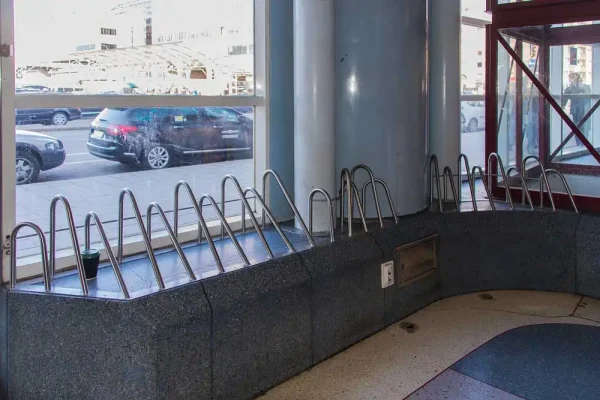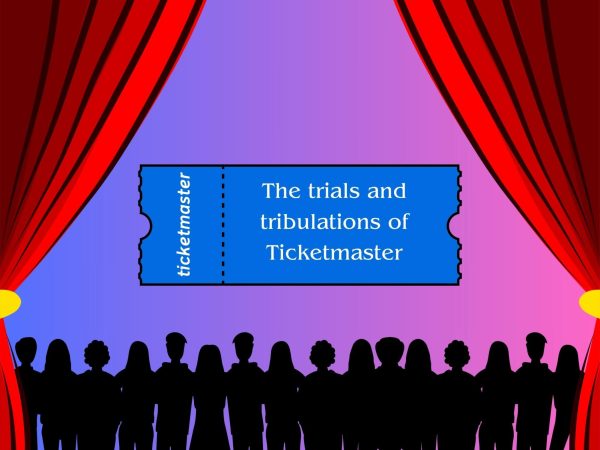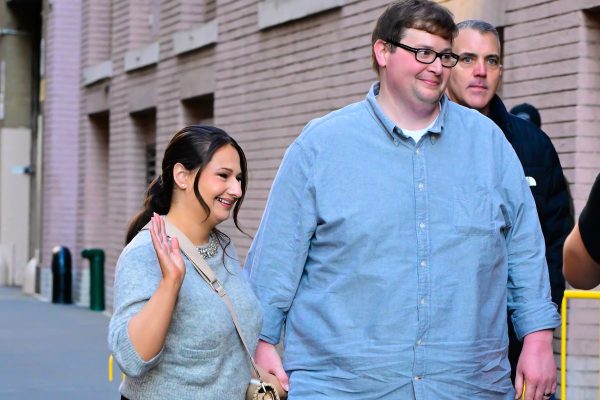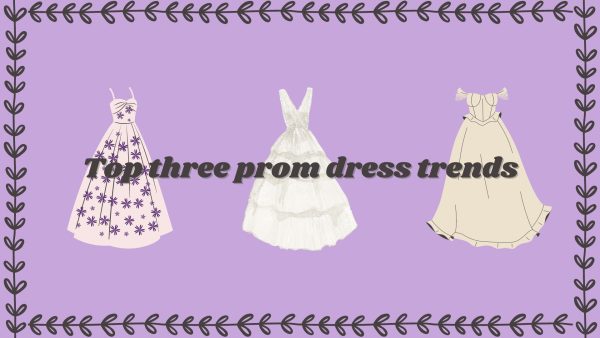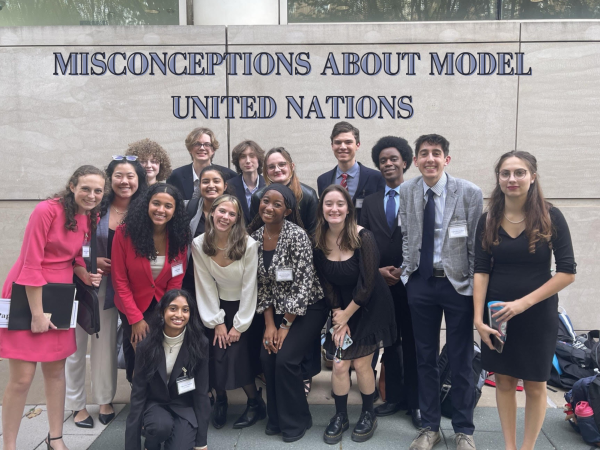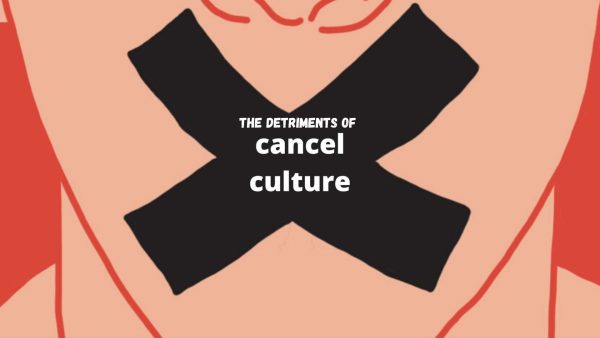Racism and College: The impact and misconception of progress
December 19, 2019
The 2000 classic film Remember the Titans portrays the deeply ingrained racial intolerance in the American college system, in which an individual changes the way people perceive race. College campuses tend to reinforce racist ideologies.
Society’s perceptions matter in college, with students from all walks of life coming together to form a community: this community reflects traditional morals and ideas about race. Incidences of segregation happen without a direct rule; implied conformity takes place.
This tendency to self-segregate stays because the lack of communication appears normal. However, this self-segregation ignites because of cultural and background similarities. Faculty members and professors within the university system must become more mindful of their interactions with students as they speak about sensitive topics. Self-perceptions and the development of one’s identity throughout college addresses a key step in the psycho-social development theory. Stereotypes implicate a developmental hindrance within one’s self-perception and how they develop into society.
Racial slurs, incidences and murders appear in the news and the press throughout the United States, despite the efforts of the country by creating new legislation to protect against discrimination. Media’s portrayal of specific races and the possible influence of racist family members affect the proceeding generation’s thoughts and how they interact with other people.
Students at York County School of Tech in Pennsylvania conform with the prejudices taught throughout their life as they hold up a Trump sign and yell out “white power,” causing students to fearfully miss school. This upbringing affects minority students’ right to a safe education. In relation to the incident above, minority student safety becomes concerning, when ‘free speech’ goes too far in an insulting manner.
Racism matters in college: a study by Krystal Beamon highlights statistics found by Feagin and Sikes in 2001 to prove her argument: 66 percent of African American students experience racism on college campuses and 85 percent view college campuses as racially hostile. This study and the statistics found prove that over half of the African Americans in the study experienced racism in a place where they should feel confident and safe to learn and excel in their classes. Racism impacts college campuses negatively because of society’s views concerning race. Past thoughts and prejudices impact today’s generation, and if these prejudices continue, how will we ever achieve unity?
Students at the distinguished University of Tennessee posted a photo of them in blackface with a caption reading, “We for racial equality boys,” followed by a comment about gaining a free education due to their ‘racial change’; the school’s administration later punished these students. This incident brings the past mockeries to life again, making students at this university feel unsafe. The shocking number of hate crimes happening among youth shows how minuscule the concept of rule of law and the presumed equal environment plays into allowing these crimes to go unnoticed or to not be taken seriously.
Beamon introduces a study done that interviews a series of minority students and their counterparts to obtain an estimate on the treatment of minorities in college life.
“Everywhere I look, everywhere I turn, right, left, is white,” an anonymous student said.
This study brings the truth that most people could not imagine, that race continues to raise problems, and if the youth continues to highlight the differences, how will America ever change? Listed in the same study, the Southern Poverty Law Center finds quantitative data based on incidences of racial aggression found on college campuses: 250 incidences of racial hate crimes on college campuses reported and recorded by the FBI represents a likely underestimation of total hate crimes on college campuses.
Racial biases continue to leave minority students in a state of hopelessness, with the issue’s lack of acknowledgment used to combat each situation making it seem as if no problem even exists. Racism defeats the universities’ efforts to diversify and encourage inclusivity, proving that a problem does exist and needs to change.









